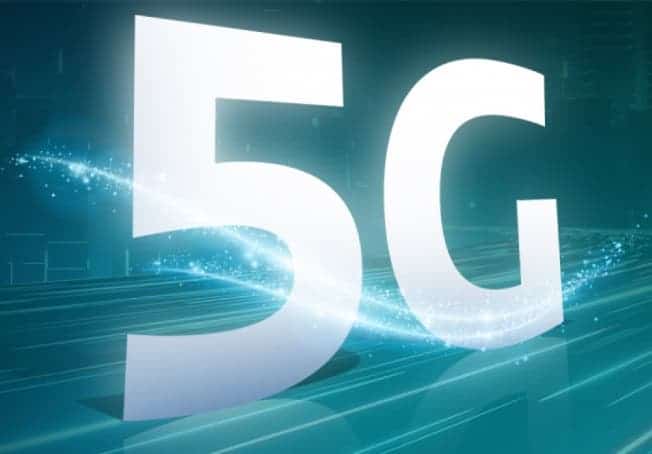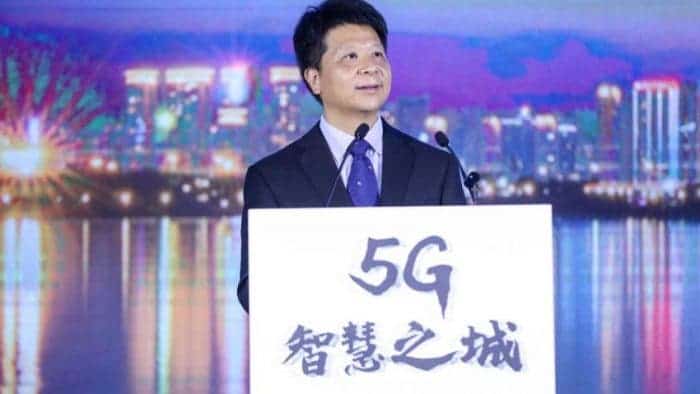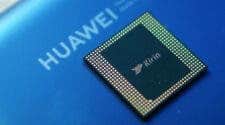Chinese manufacturing giant, Huawei, is one of the major players in the 5G construction era. Despite the ban and restrictions from the U.S. and its allies, Huawei’s 5G contract is still strong. Recently, Huawei’s rotating chairman, Guo Ping, participated in the “Light Up Shenzhen, 5G Smart City” press conference. According to him, 92 operators around the world are working together to deploy 5G commercial networks. He also stated that 5G users globally now exceeds 100 million.

Furthermore, Guo Ping said that the global 5G deployment will soon come to an end. After this phase, it will then focus on the next phase which is the development of industrial applications. The commercial success of 5G requires the integration of cloud computing, AI, and other technologies and applications.
Gizchina News of the week
Smart Cities need three networks – Guo Ping
Guo Ping believes that for a smart city to work effectively, it needs three networks.
The first one is a city operation and management network that “can see, use, and think”. In the future, a more sophisticated scene-based service system and a more intelligent decision-making command system are needed. To achieve the above two systems, it is necessary to be able to “stab to the end” to perceive and provide real-time feedback on the vital signs of the city’s basic unit. It will also need an intelligent sensing network based on the intelligent connection with 5G as the core.
The second is the need for a “chimney” data system that can open up vertical systems such as commissions, offices, bureaus, industries, etc., and conduct extensive data interconnection so that one network is integrated and one network is managed;
The third and most important thing is to integrate AI into data and applications, transform urban knowledge into capabilities, and bring AI into the business processes of various commissions, offices, and bureaus to enhance the smart experience and build a 5G smart city.





